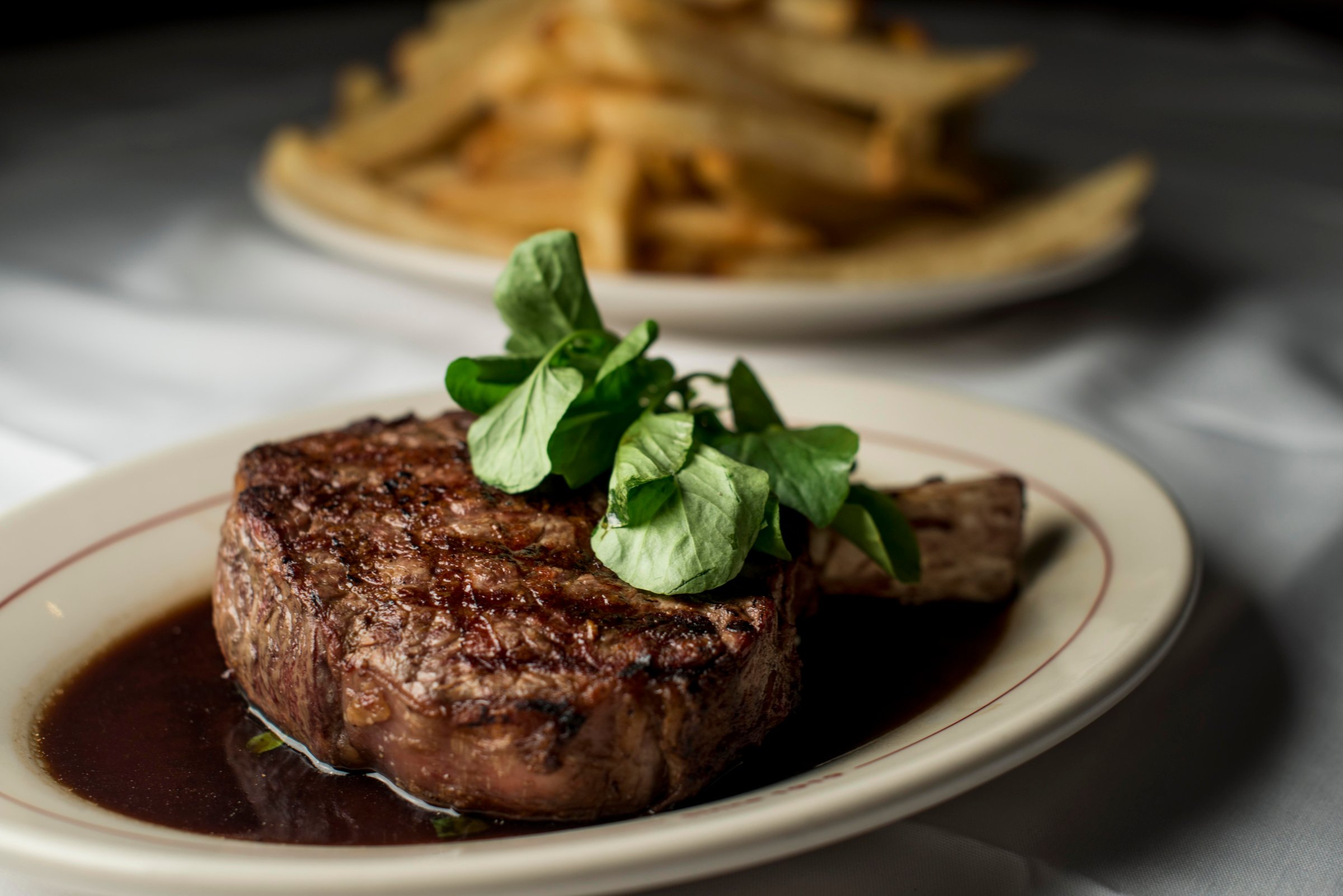
Science doesn’t give a hoot about your politics. Think global warming is a hoax or that vaccines are dangerous? Doesn’t matter, you’re wrong.
Something similar is true of veganism. Vegans are absolutely right when they say that a plant-based diet can be healthy, varied and exceedingly satisfying, and that—not for nothing—it spares animals from the serial torments of being part of the human food chain. All good so far.
But there’s veganism and then there’s Veganism—the upper case, ideological veganism, the kind that goes beyond diet and lifestyle wisdom to a sort of counterfactual crusade. For this crowd, it has become an article of faith that not only is meat-eating bad for humans, but that it’s always been bad for humans—that we were never meant to eat animal products at all, and that our teeth, facial structure and digestive systems are proof of that.
You see it in Nine Reasons Your Canine Teeth Don’t Make You a Meat-Eater; in PETA’s Yes, It’s True: Humans Aren’t Meant to Eat Meat; in Shattering the Myth: Humans Are Natural Vegetarians. (Google “humans aren’t supposed to eat meat” and have at it.)
But sorry, it just ain’t so. As a new study in Nature makes clear, not only did processing and eating meat come naturally to humans, it’s entirely possible that without an early diet that included generous amounts of animal protein, we wouldn’t even have become human—at least not the modern, verbal, intelligent humans we are.
It was about 2.6 million years ago that meat first became a significant part of the pre-human diet, and if Australopithecus had had a forehead to slap it would surely have done so. Being an herbivore was easy—fruits and vegetables don’t run away, after all. But they’re also not terribly calorie-dense. A better alternative were so-called underground storage organs (USOs)—root foods like beets and yams and potatoes. They pack a bigger nutritional wallop, but they’re not terribly tasty—at least not raw—and they’re very hard to chew. According to Harvard University evolutionary biologists Katherine Zink and Daniel Lieberman, the authors of the Nature paper, proto-humans eating enough root food to stay alive would have had to go through up to 15 million “chewing cycles” a year.
This is where meat stepped—and ran and scurried—in to save the day. Prey that has been killed and then prepared either by slicing, pounding or flaking provides a much more calorie-rich meal with much less chewing than root foods do, boosting nutrient levels overall. (Cooking, which would have made things easier still, did not come into vogue until 500,000 years ago.)

In order to determine how much effort primitive humans saved by eating a diet that included processed animal protein, Zink and Lieberman recruited 24 decidedly modern humans and fed them samples of three kinds of OSU’s (jewel yams, carrots and beets) and one kind of meat (goat, raw, but screened to ensure the absence of any pathogens). Using electromyography sensors, they then measured how much energy the muscles of the head and jaw had to exert to chew and swallow the samples either whole or prepared one of the three ancient ways.
On average, they found that it required from 39% to 46% less force to chew and swallow processed meat than processed root foods. Slicing worked best for meat, not only making it especially easy to chew, but also reducing the size of the individual particles in any swallow, making them more digestible. For OSUs, pounding was best—a delightful fact that one day would lead to the mashed potato. Overall, Zink and Lieberman concluded, a diet that was one-third animal protein and two-thirds OSUs would have saved early humans about two million chews per year—a 13% reduction—meaning a commensurate savings in time and calorie-burning effort just to get dinner down.
That mattered for reasons that went beyond just giving our ancient ancestors a few extra free hours in their days. A brain is a very nutritionally demanding organ, and if you want to grow a big one, eating at least some meat will provide you far more calories with far less effort than a meatless menu will. What’s more, while animal muscle eaten straight from the carcass requires a lot of ripping and tearing—which demands big, sharp teeth and a powerful bite—once we learned to process our meat, we could do away with some of that, developing smaller teeth and a less pronounced and muscular jaw. This, in turn, may have led to other changes in the skull and neck, favoring a larger brain, better thermoregulation and more advanced speech organs.
“Whatever selection pressures favored these shifts,” the researchers wrote, “they would not have been possible without increased meat consumption combined with food processing technology.”
None of that, of course, means that increased meat consumption—or any meat consumption at all—is necessary for the proto-humans’ 21st century descendants. The modern pleasures of a grilled steak or a BLT may well be trumped by the health and environmental benefits of going vegan—and if the animals got a vote, they’d surely agree. But saying no to meat today does not mean that your genes and your history don’t continue to give it a loud and rousing yes.
More Must-Reads From TIME
- The 100 Most Influential People of 2024
- Coco Gauff Is Playing for Herself Now
- Scenes From Pro-Palestinian Encampments Across U.S. Universities
- 6 Compliments That Land Every Time
- If You're Dating Right Now , You're Brave: Column
- The AI That Could Heal a Divided Internet
- Fallout Is a Brilliant Model for the Future of Video Game Adaptations
- Want Weekly Recs on What to Watch, Read, and More? Sign Up for Worth Your Time
Write to Jeffrey Kluger at jeffrey.kluger@time.com